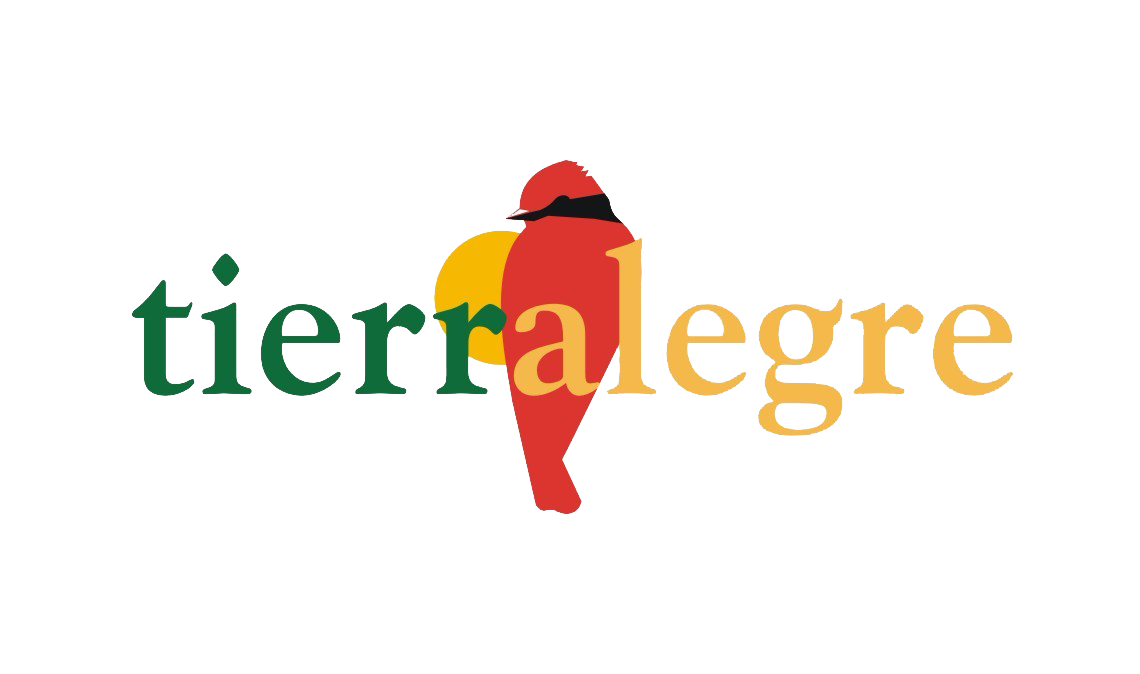The southern coast of Jalisco is home for two rare and vulnerable species of avifauna:
- The Military Macaw (Ara militaris)
- The Yellow Headed Parrot (Amazona oratrix)
Along the Costalegre, the Military Macaw is a vulnerable species and the Yellow-headed parrot numbers have also alarmingly dwindled. The declining status of both these species is primarily due to poaching and habitat loss. Military macaws are estimated to only a few thousand left in the wild, with an estimated breeding population of 2000 – 7000 individuals remaining world wide. According to the ICUN red list, Military macaws are listed as vulnerable as they face threats from habitat loss due to crops, deforestation, mining, and roads, resulting in fragmented populations. Habitat for populations in tropical dry forests has been reduced by almost 32%. The Yellow Headed Parrot has also suffered from the cage bird trade for their unique capacity to be trained to imitate human speech. As a result, this rare species is now also endangered in the wild. Formerly widespread in Mexico and northern Central America, this parrot is thought to have declined by 90 percent in their native range.
Our reintroduction and rehabilitation project for the Military Macaw and Yellow-Headed Parrot will re-establish local populations to flourish throughout the region. Our breeding program will assist in elevating pressures on these wild populations. The Capacha Center upland ranch will introduce vegetation for these canopy species which require large trees of deciduous and subdeciduous forests for feeding, breeding, and nesting behavior. Their diet consists of mostly seeds but also includes fruits and leaves, thus reforestation is essential to successful recovery. These species have a somewhat narrow diet, consuming only a small percentage of plants species available to them.
To suppport species recovery, Tierralgre is installing protective nesting structures for the Military Macaw and Yellow-headed Parrot while establishing feeding stations. These structures are located on a upland eight-hectare parcel of tropical dry forest and freshwater wetlands (which borders agricultural land and mangrove) owned and managed by the Capacha Center. Reforestation of dietary tree species and understory plants will provide sustainable, intact habitat. By partnering with neighboring land owners, our efforts will also expand viable coastal breeding corridors along the Costalegre.
Jerónimo Domínguez Laso is the Lead Biologist for this Avifauna Recovery Project. Jerónimo specializes in the sustainable management of wild species through “UMAs” (Unidad de Manejo Ambiental / Environmental Management Permit) sanctioned by PROFEPA, the prosecutorial branch of the Secretary of the Environment in Mexico. (linkedin.com/in/martin-salvador-hernandez-vasquez-9340aa15a). Assisting with this effort is Salvador Hernandez Vasquez, Project Ornithologist, who has over 30 years of experience as a professor and researcher focused primarily on the monitoring of marine birds along coastal wetlands. (linkedin.com/in/martin-salvador-hernandez-vasquez-9340aa15a)
~ ~ ~ ~ ~ ~
“For months a scarlet macaw flew back
and forth searching for a tree to land on.
But only came upon stones and burning stumps.
The earth, like a lidless eye, took the brunt
of the scorching sun that braised every part of it.”
– Homero Aridjis, The Ecological Angel in Tiempo de ángeles (2012)
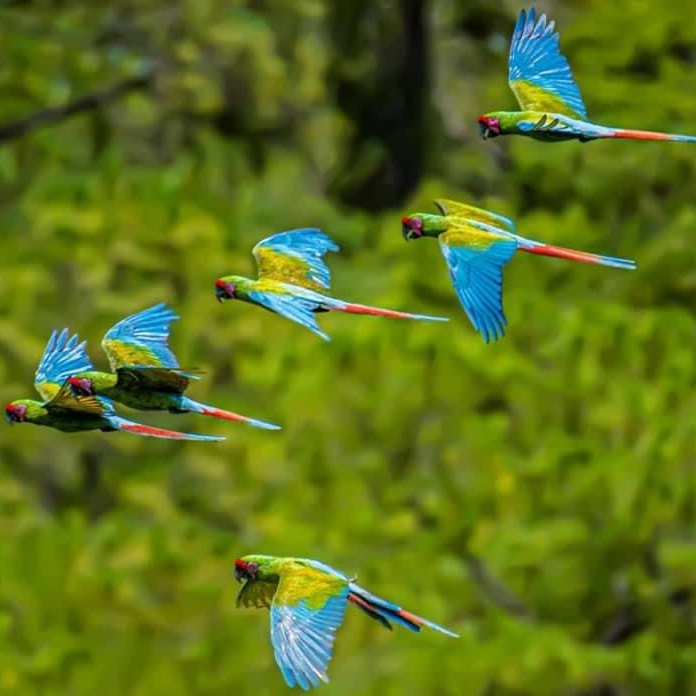
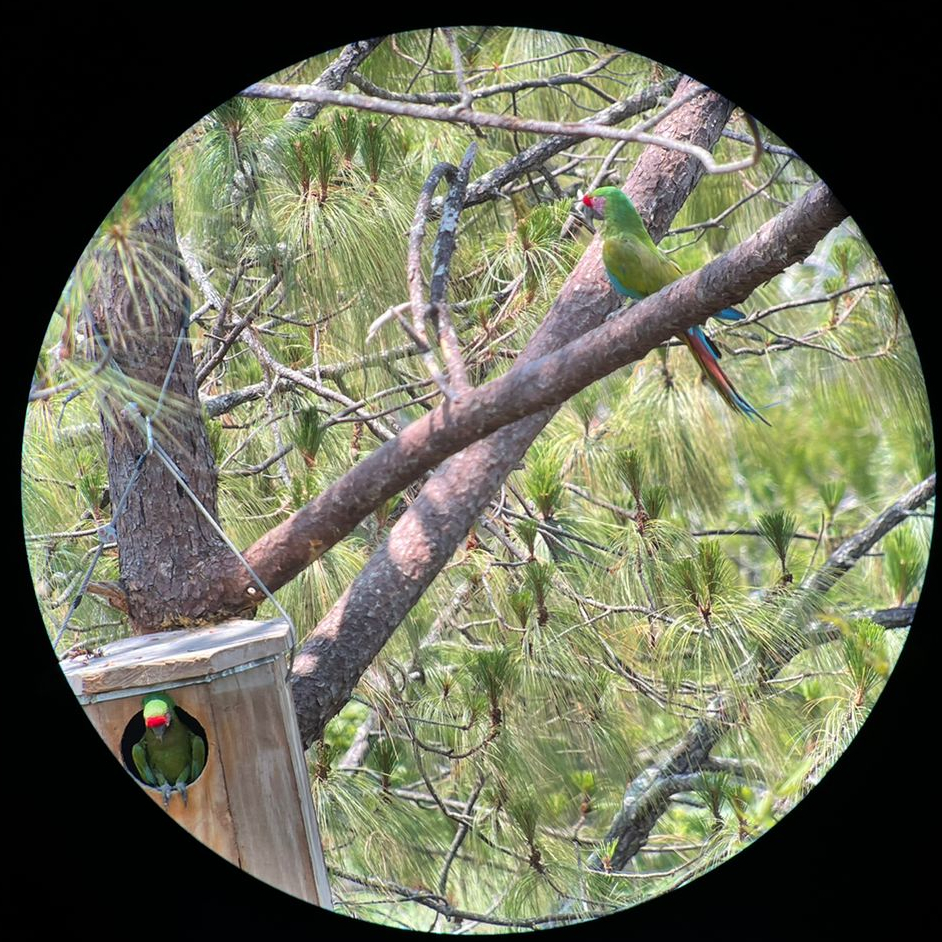
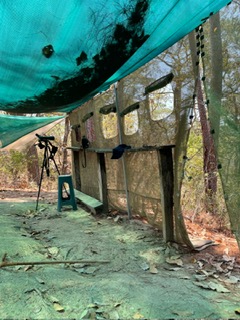
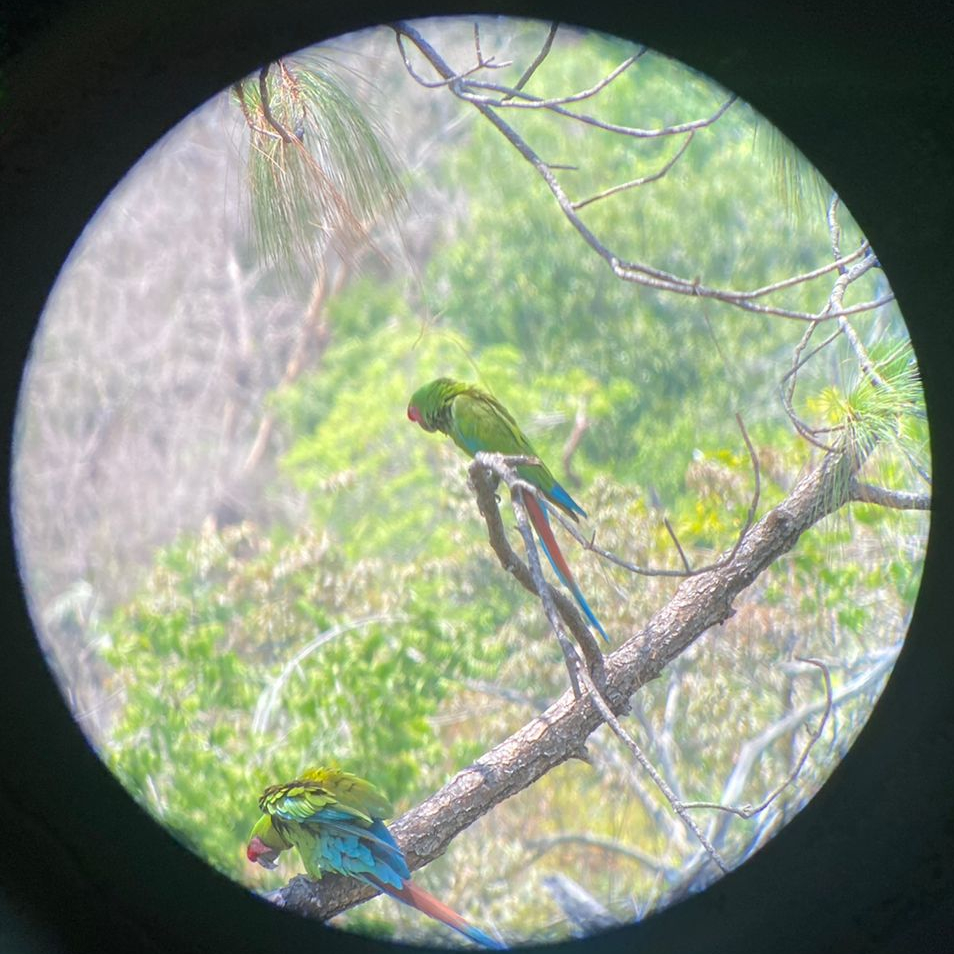
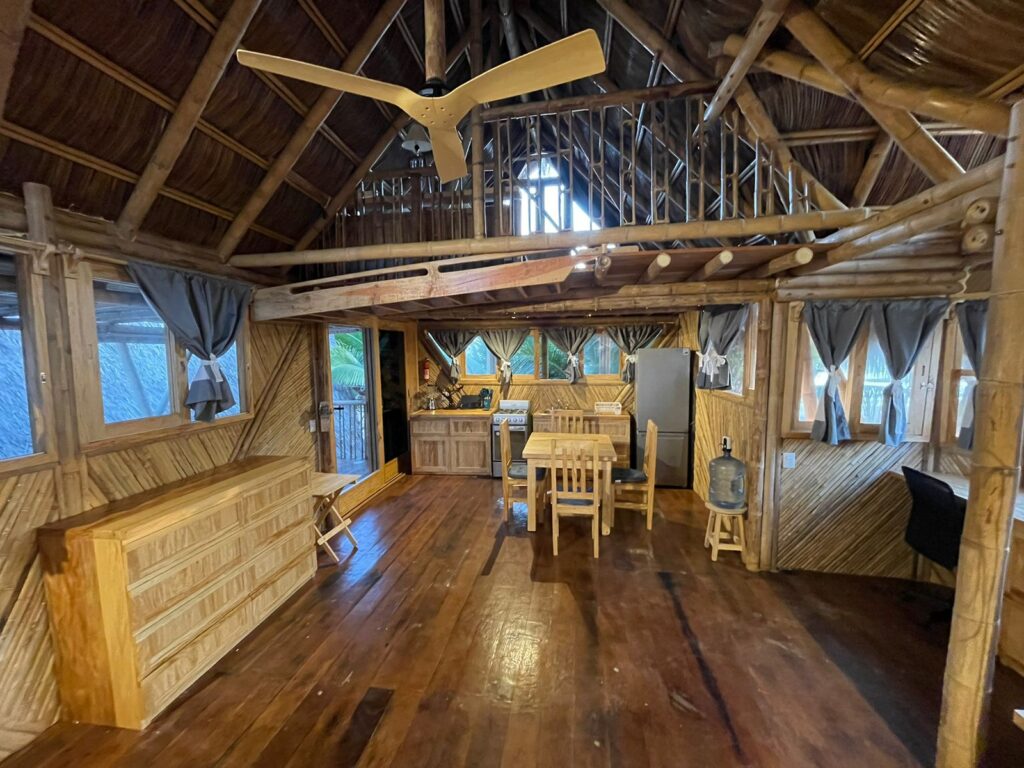
Would you like to support Parrot Conservation on La Costalegre?
Support species recovery
If you would like to volunteer episodically with our Parrot Conservation Programs, we recommend visiting during the months of November through May. Simply go to the Capacha Center’s website, www.CapachaCenter.com book your stay, and let us know you want to join the Parrot Project. For securing wildlife internships (3 months), contact Jerry Keir at [email protected].
You will observe parrots in their natural habitat, help establish nesting boxes, care for breeding pairs, while also participating in reforestation, birding surveys, and other habitat improvement efforts.
If you are a funder who would like to know more about our conservation programs, funding streams and grant programs, please see our Sustainability Plan or see the menu on our homepage.
